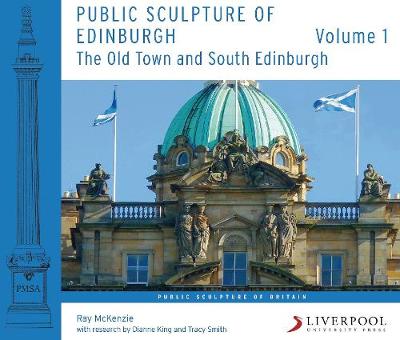Public Sculpture of Britain
2 primary works
Book 20
This is the twentieth volume in the Public Sculpture of Britain series, the ambitious collaboration between Liverpool University Press and the Public Monuments and Sculpture Association that will eventually document the outdoor sculptural heritage of the whole of the UK. Public sculpture is defined in this context as any work of three-dimensional art located in an unregulated public space, typically consisting of free-standing commemorative monuments, architectural carvings and statues attached to buildings, and contemporary site-specific interventions. A subject that was until recently overlooked as a matter of marginal relevance to the history of art, public sculpture has been shown through the Liverpool University Press series to offer a range of important insights into the built environment, enriching our understanding of architecture and city planning, and raising many challenging issues relating to the development of society as a whole. This is nowhere better illustrated than in Edinburgh, where the richness of its history as a capital city, and the dramatic power of its urban topography, have combined to create a uniquely fertile breeding ground for public sculpture of every kind. With the coverage divided between two companion volumes, the study begins appropriately with the historic Old Town, and the various suburbs extending from it to the south.
Book 21
This book is the companion to Public Sculpture of Edinburgh, volume 1, 'The Old Town and South Edinburgh', extending the coverage to the First New Town and its environs, and beyond that to the former independent burgh of Leith. It provides a comprehensive and detailed account of the entire spectrum of public sculptures to be found in these parts of the city, including free-standing commemorative monuments, architectural carvings, and contemporary site-specific interventions. Based on extensive new research, the text is structured as a catalogue raisonne, with each entry comprising a detailed description of the work, an account of how it came to be commissioned, and an analysis of its cultural significance. There are also separate appendices dealing with important works that have been lost or destroyed, minor works and sculptural coats of arms. The study of public sculpture is now recognised as offering a range of new insights into the development of the urban realm. Those insights are brought together here to provide a comprehensive resource for historians, architects, urban planners and conservators, and a narrative history that will be of interest to all who care about Edinburgh, and wish to celebrate its status as a UNESCO World Heritage Site.

